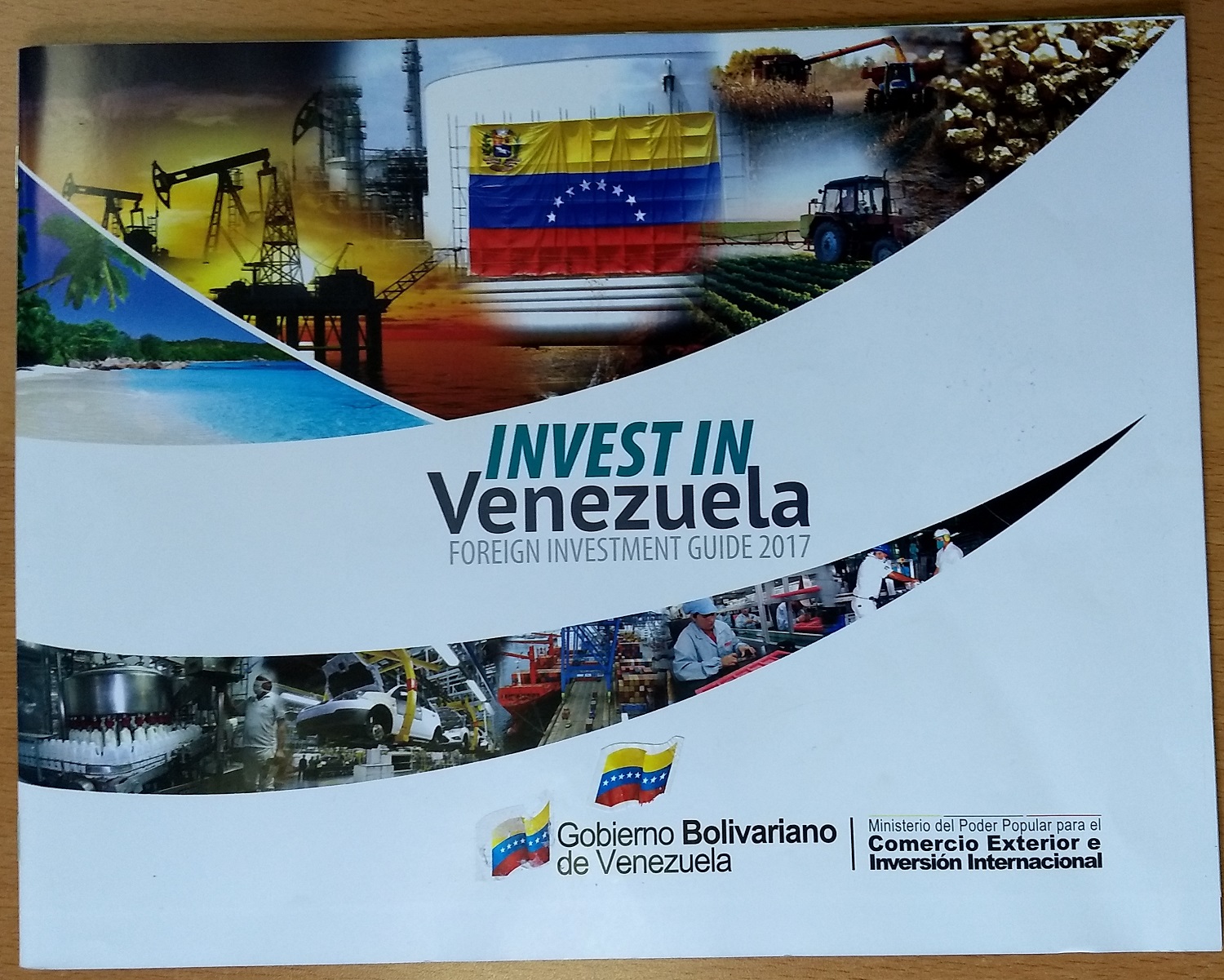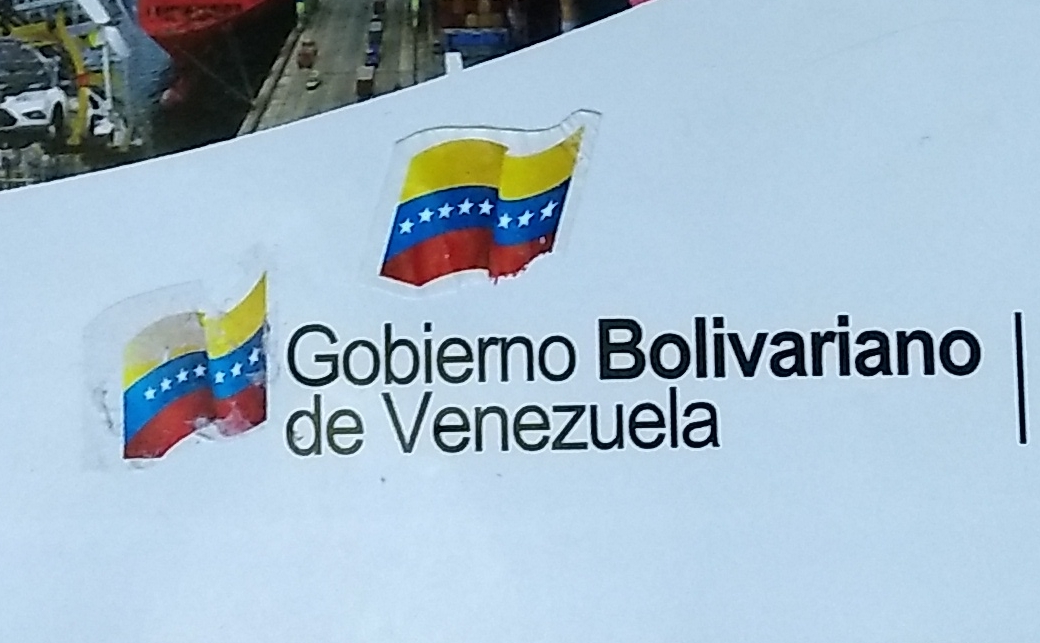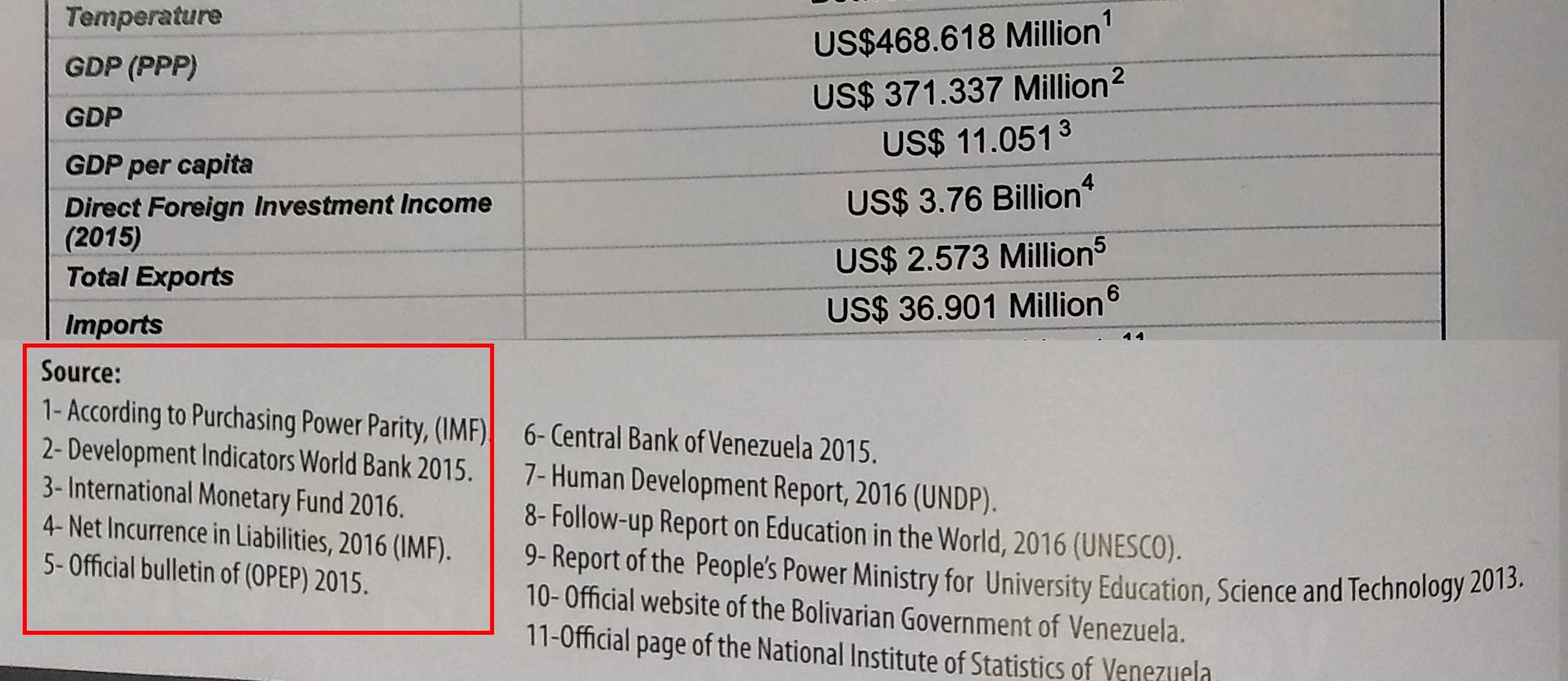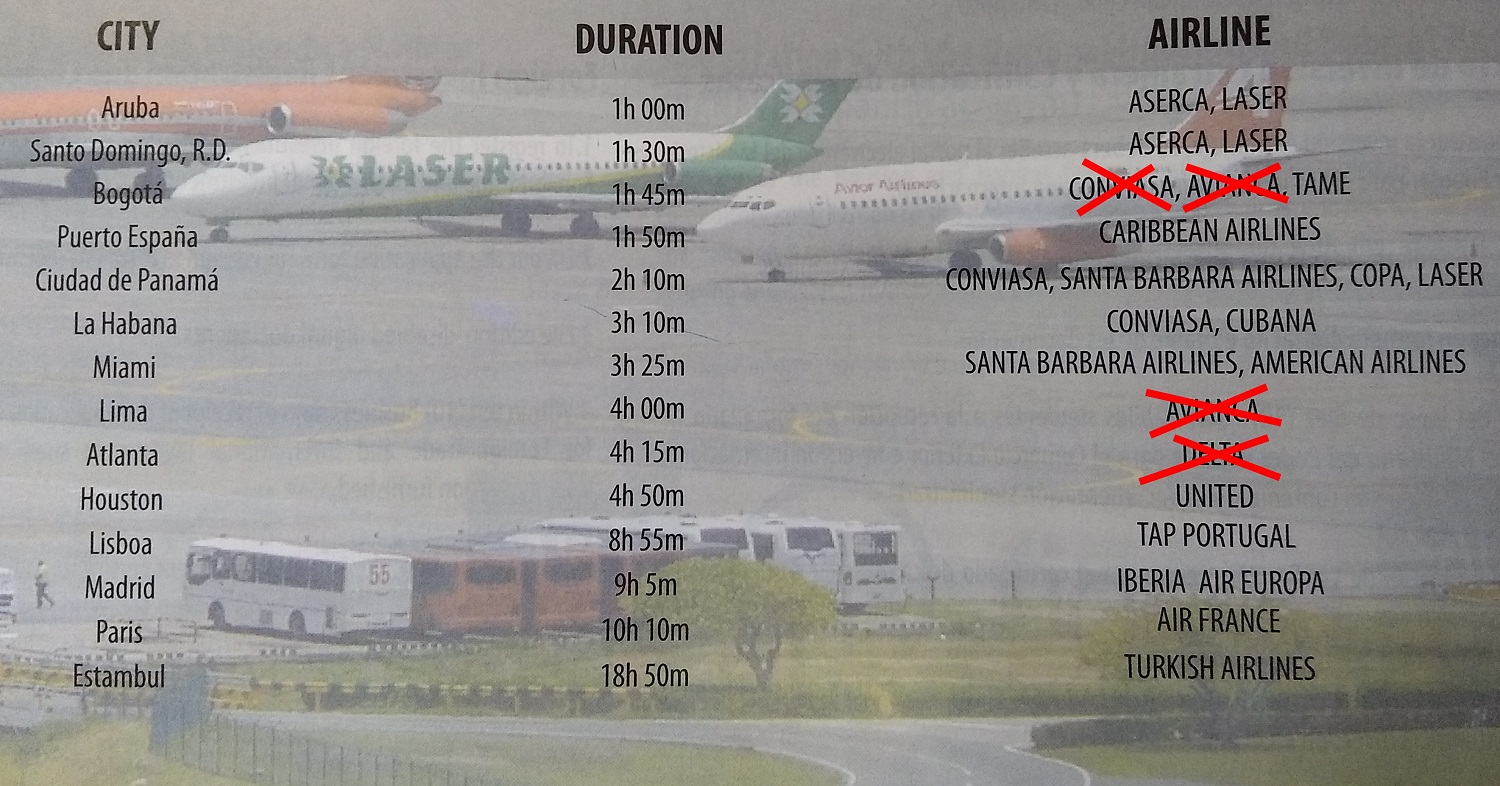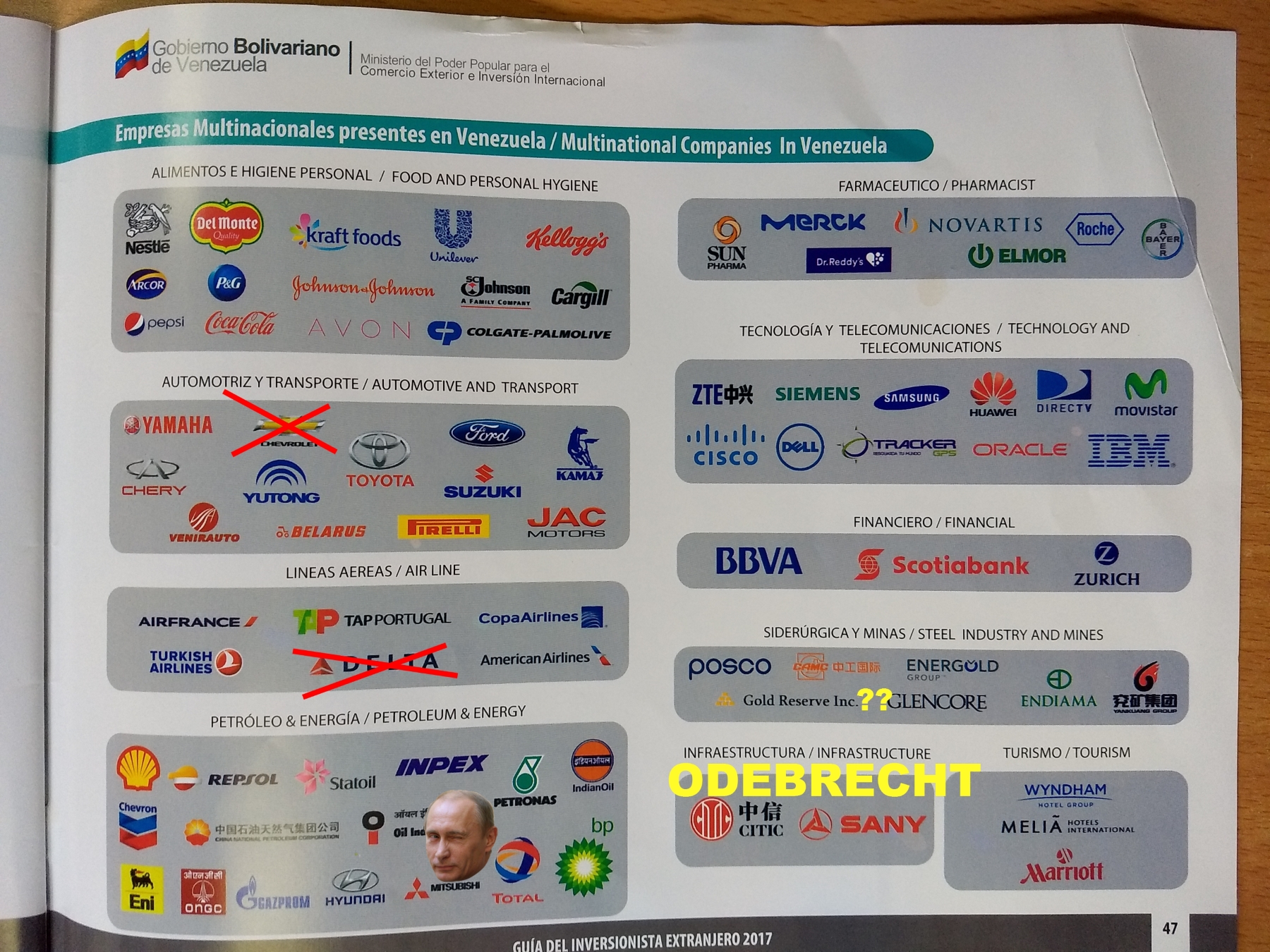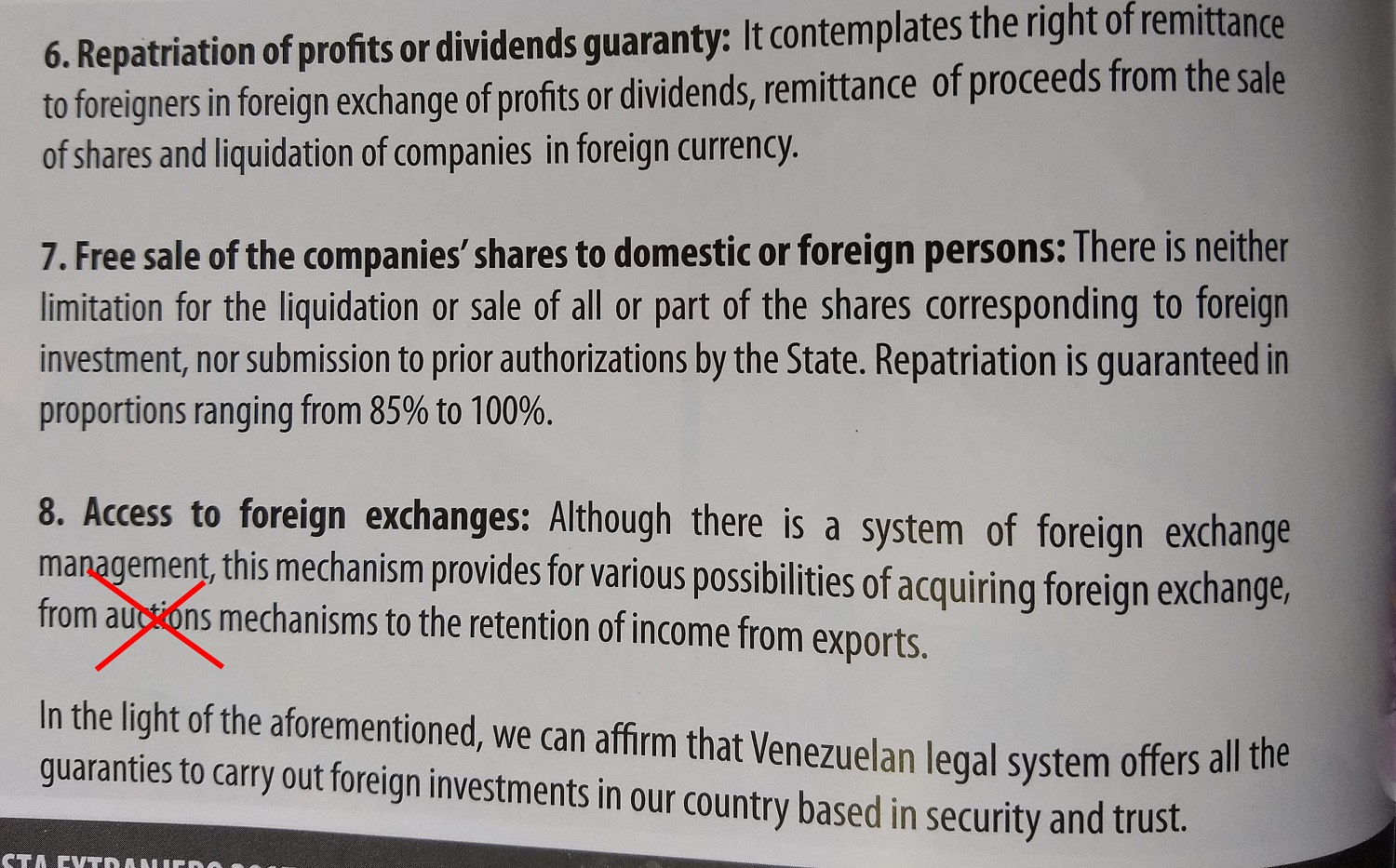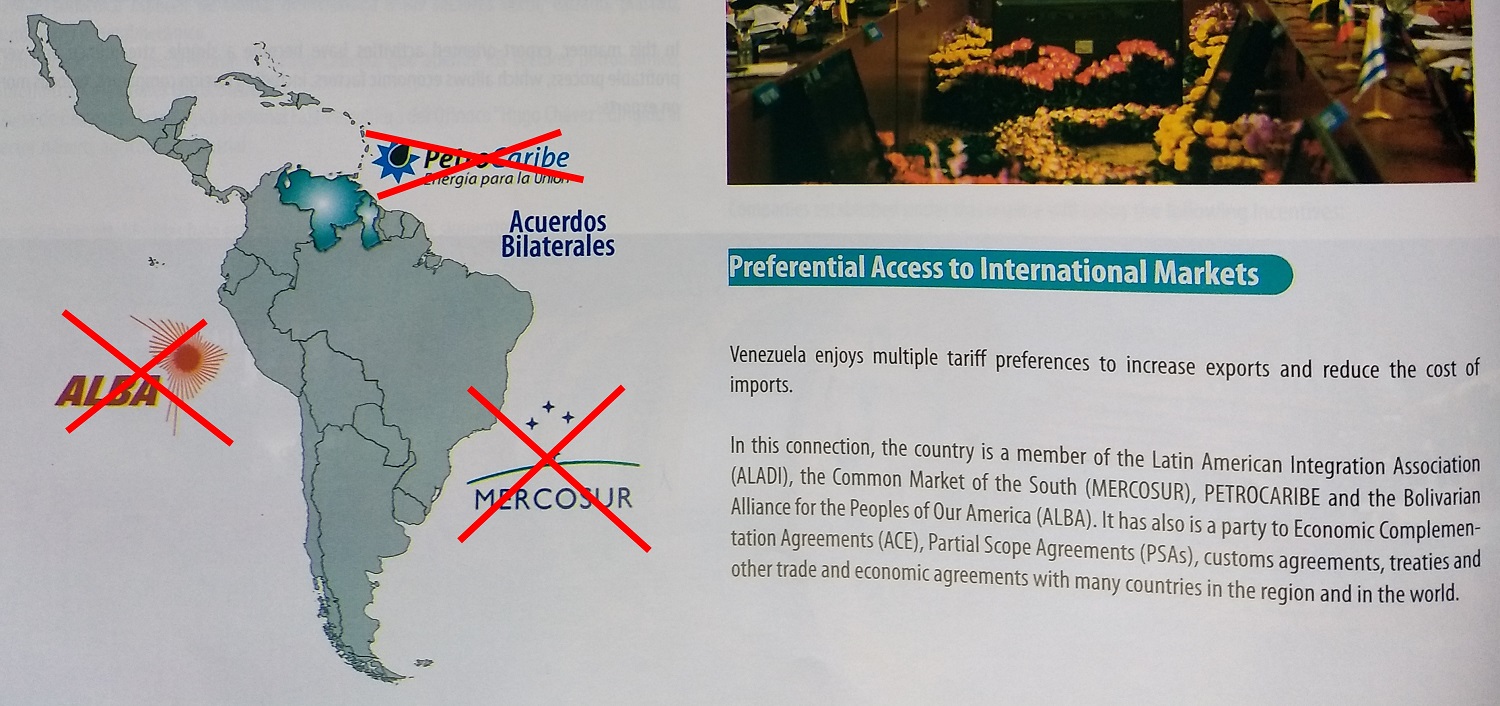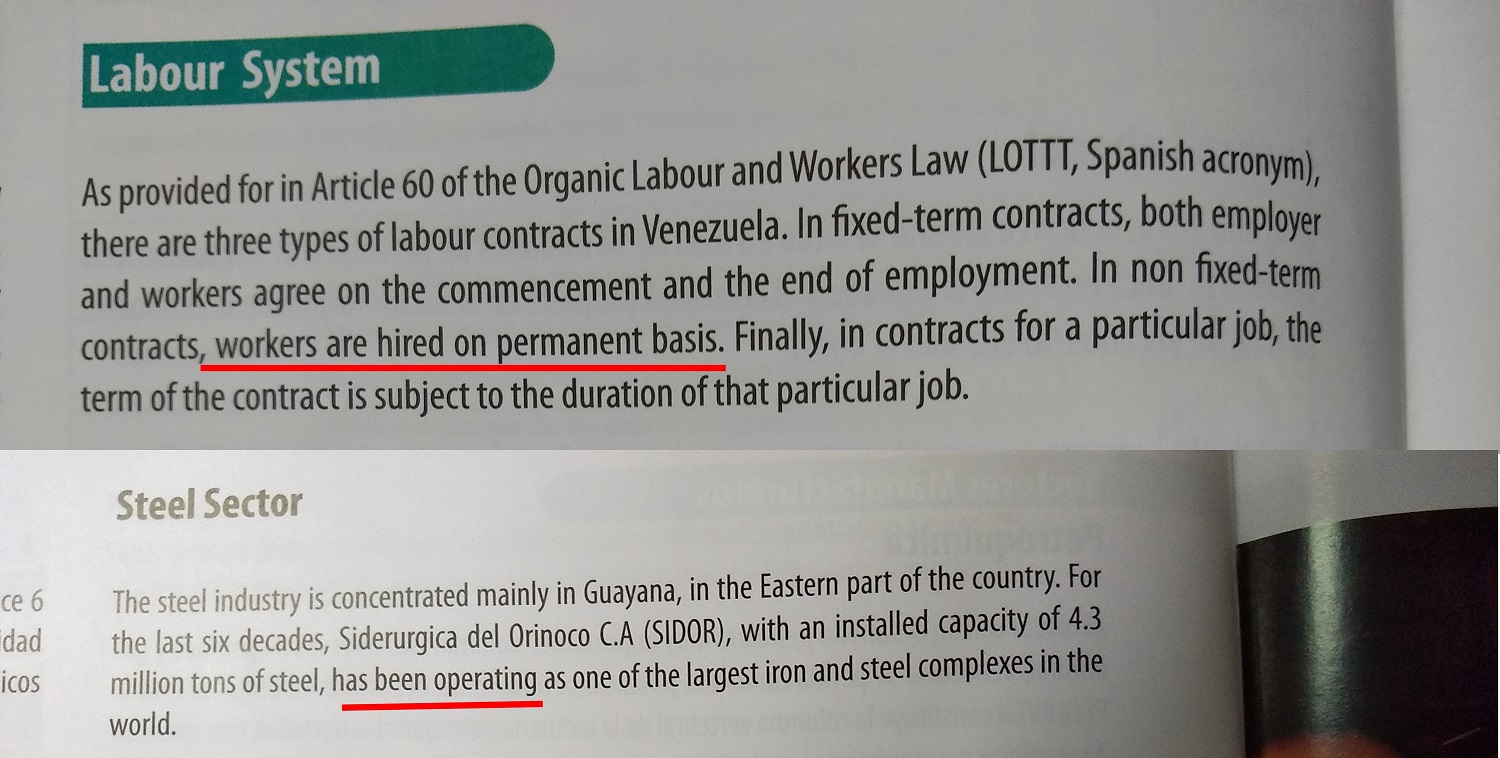Too Many Lies & Too Much Truth: a Foreign Investment Guide
Most countries publish guides for foreign investors, but none of those has Venezuela’s “sense of humor”. Let me show you why.


The road to hell is paved with good intentions.
Is it a good idea to, say, help illiterate adults learn to read and write? Of course. And for the government, that lofty goal justifies an inefficient and politicized program, and anyone who criticizes it must be a resolute bastard. They make the argument about intentions, and you can’t lose behind the shield of good intentions.
That kept running through my mind as I read the first edition of the Venezuelan Foreign Investment Guide, launched a month ago by the Ministry of Foreign Trade and Investment.
It’s a great idea to publish a guide for foreign investors – Zimbabwe has one, so does Syria. But the devil is in the details and it’s in the execution of this idea, divided in three parts, where we see what the government makes of its good heart.
A richness of embarrassments
The cringe-inducing sections start from the cover:
Why are there two little flags? Well, the original printed guide had a Venezuelan flag with seven stars, a big no-no for chavistas. Remember, the Eternal Commander had the flag changed in 2006 to include an eighth star. They had to print stickers of new flags to cover the mistake. We haven’t even opened the guide yet.
On one of the first pages, there’s a list of demographic and economic indicators. Several figures stand out as inflated or optimistic – GDP of $371bn? Not really, it’s likely less than a third of that –, but let’s focus on the sources. For every indicator related to output and trade, they used foreign sources.
This is not really a surprise, since the government hasn’t released full GDP figures for 2016 and 2017 (and did only part of 2015). Would you invest in a company that doesn’t know how much it produces?
Let’s move on. Look at these two pages:
Pro Tip: if you can list all the international flights to your country in a small, half-a-page chart, that’s not a good sign – as it’s not a good sign that you can fit the logos of all transnational companies in your country in one page. Just two months after the guide was printed, it’s already out of date, because airlines and companies are leaving in a rush.
Since it was incomplete, I added a conspicuously absent transnational, and the future de facto owner of PDVSA. Notice that one of the mining companies is currently collecting in installments a billion dollar judgment against Venezuela for the expropriation of assets.
Red flags for the revolution
How many countries mention expropriation in their foreign investment guides? There’s at least one:
A piece of advice: If you really have to talk about expropriations, don’t say anything about “fair and timely compensation,” when a quick Google search will reveal several cases of large unpaid expropriations from 2007 to 2009, at different legal stages.
Another part that would look out of place in the guide of a regular country is this section. Let’s tackle each point one by one:
- Number 6: False. Since 2009, very few foreign companies have been allowed to repatriate profits, and the ones that did, managed to take out only very little through SIMADI or DICOM.
- Number 7: False. Ask Clorox what happens when a foreign company tries to close its operations or liquidate its assets in Venezuela.
- Number 8: Partly false, because according to the VP, there will be no more auctions. Leaving that aside, I love the fact that this part has to exist. You had me at “Although there is…”
But hey, at least it’s easy to open business in Venezuela. As it’s explained in the guide, all you have to do is obtain a visa, incorporate the company, obtain the tax information number, register the company with Social Security, the Institute for Training and the Housing Bank, then get the NIL number at the Ministry of Labor, and register the company with the Ministry of Foreign Trade.
Each one of these steps is with a different government agency, and must be done in that order, so it can’t be completed all at once. Each also has its own requirements and intermediary steps. Easy.
There’s a reason Venezuela is ranked 187 out of 190 countries in the 2017 Doing Business Guide of the World Bank. It takes effort to be ranked that low.
Misinformation
This page stretches the truth, by a lot:
A quick roundup on that map: Venezuela was expelled from Mercosur, ALBA is a club of leftist pals and not a functioning trade agreement, and Petrocaribe is simply an oil discount agreement that has no effects or benefits for foreign investors.
Finally, the guide has lots of misleading or incomplete claims. In the section on labor issues, for example, it fails to mention the very important fact that, by law, companies can’t fire employees without paying exorbitant severance packages or filing a request with the Ministry of Labor (that never rules in favor of the company). It also has the gall to say that SIDOR “has been operating” as one of the largest steel mills in the world, when in fact it operated at just 6% of its capacity last year.
In summary, there are two things going on in this guide. First, there’s a lot of lying, which is expected. Second, and this is the most scary part, there’s a lot of truth. The unhideable truth of a mid-sized country that has seen its economy ground to a halt and that, until this government is removed, will only attract “investors” interested in making a very quick (and likely illicit) buck before getting out of here fast.
Caracas Chronicles is 100% reader-supported.
We’ve been able to hang on for 22 years in one of the craziest media landscapes in the world. We’ve seen different media outlets in Venezuela (and abroad) closing shop, something we’re looking to avoid at all costs. Your collaboration goes a long way in helping us weather the storm.
Donate


